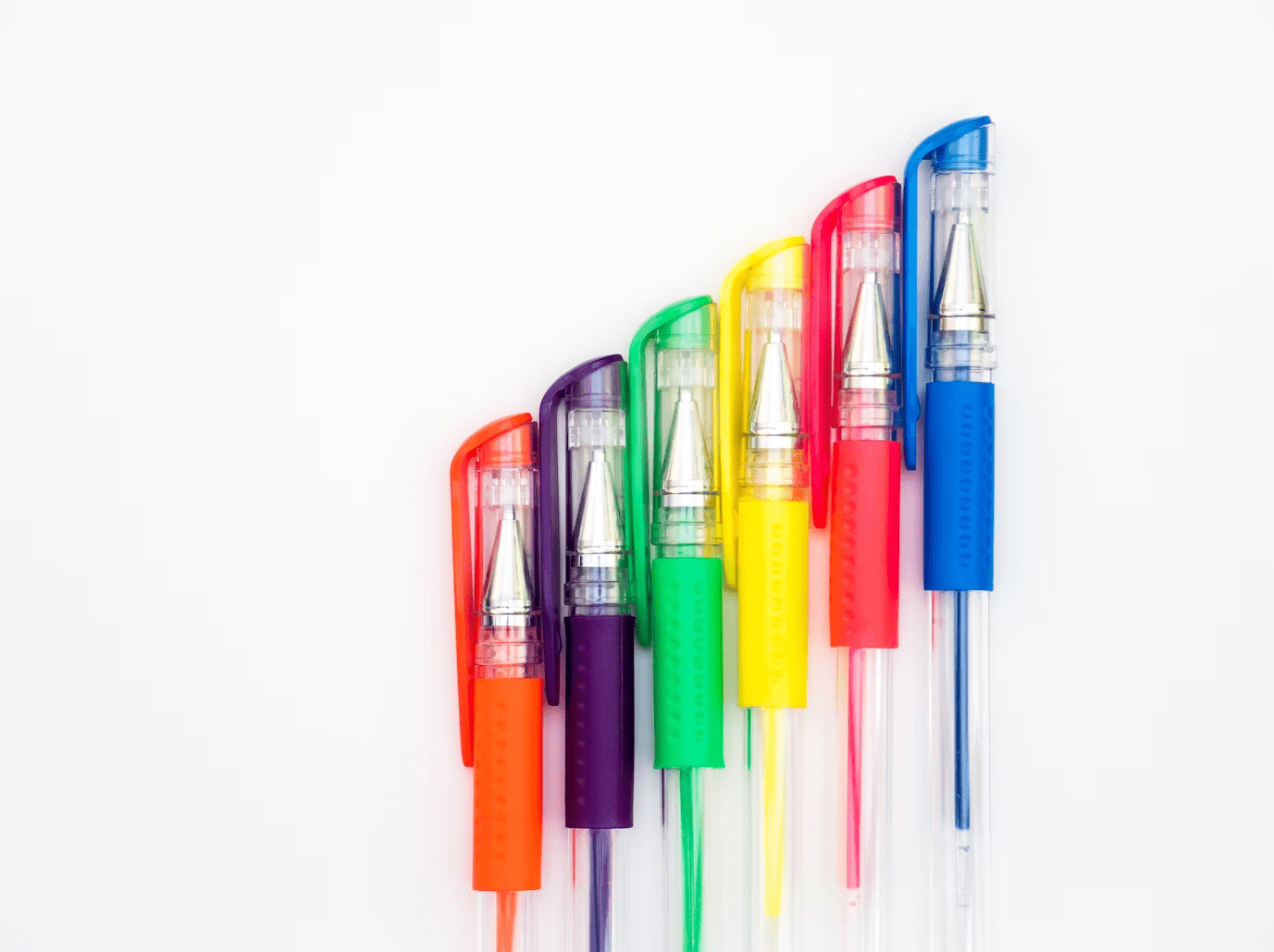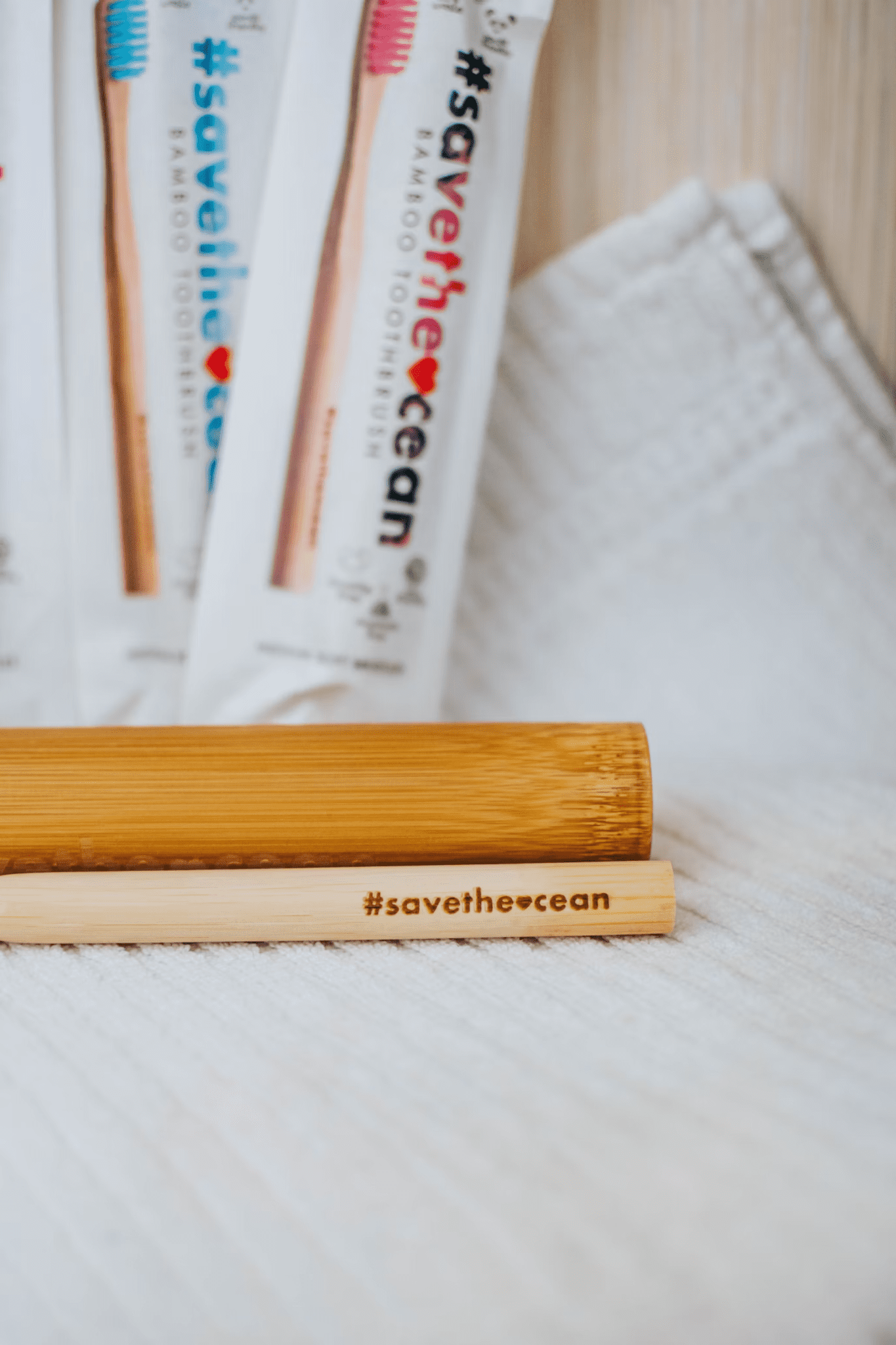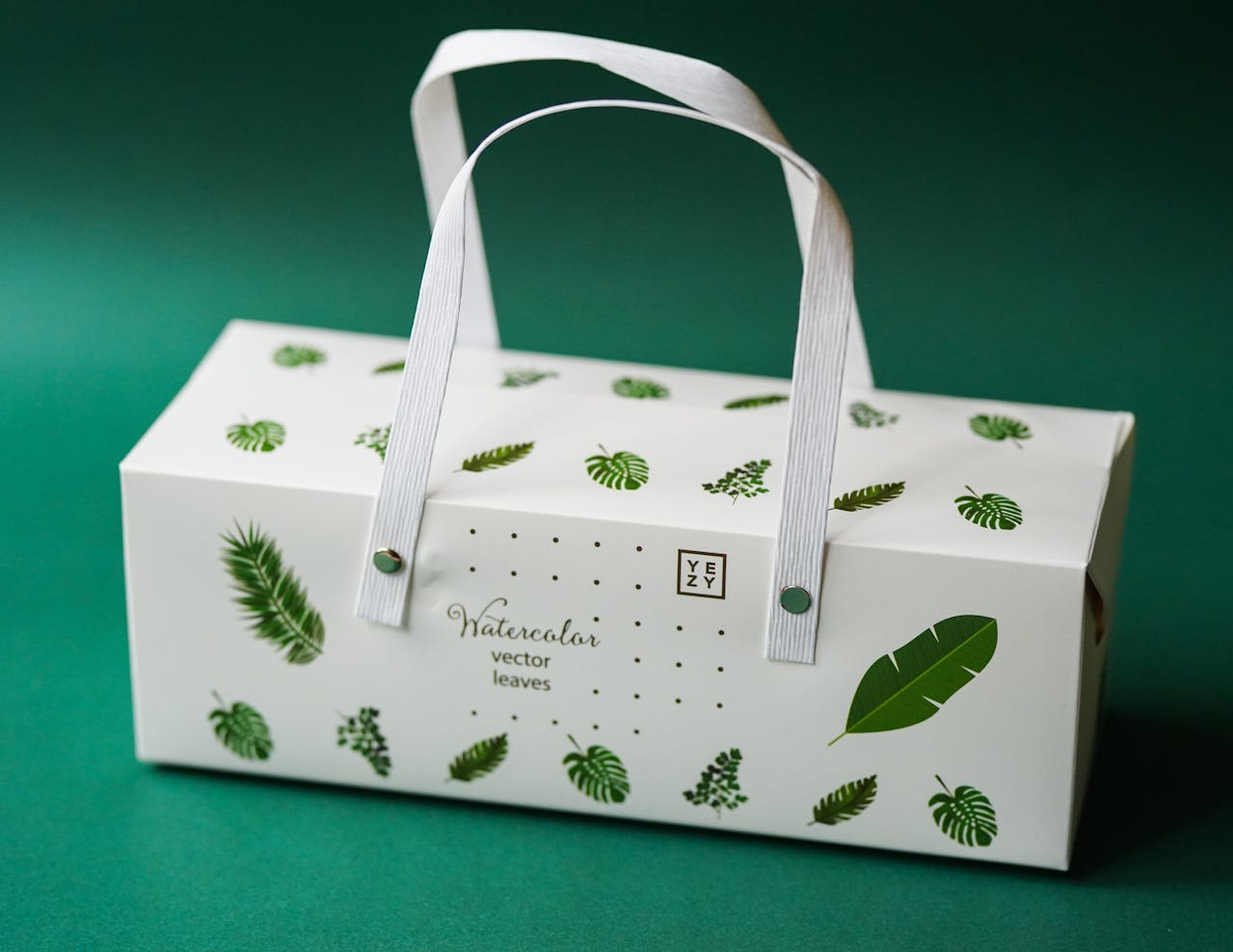Amplifying Business Impact with Smart Promotional Product Strategies
In recent years, promotional products have emerged as a pivotal marketing ploy across different industry scopes, contributing to brand exposure and clientele engagement. Despite the advent of digital marketing, promotional items continue to hold substantial sway in influencing client behaviour and consolidating brand recall. This article delves into crafting smart strategies for promotional products that can magnify business impact and establish a firm standing in the market amidst fierce competition.
Promotional products are physical items containing a company name or logo that are distributed with the intent of promoting the brand. From customised stationery to apparel and tech gadgets, these products serve as a constant reminder of the brand. Research reports that 85% of consumers remember the name of the brand that gave them a promotional product; yielding a higher brand recall compared to other forms of advertising.
The implementation of a strategic approach in promotional product selection, distribution and complete life cycle management can significantly enhance the overall effectiveness. Following are some strategies for crafting an effective promotional product campaign.
Understanding Your Audience
The profundity of knowing your target consumer base can never be overemphasized. A thorough understanding of customer preferences, buying patterns, and product usage can provide valuable insights for choosing the appropriate promotional items. This knowledge allows businesses to tailor their marketing efforts more precisely and effectively. Incorporating market research as a preliminary step to your promotional product strategy can vastly improve visibility and reach. By identifying trends and preferences, companies can select promotional items that resonate with their audience. This not only enhances customer satisfaction but also fosters brand loyalty and long-term engagement.
Product Relevance
The promotional product should be complementary to your brand identity and relevant to your customers’ needs. For instance, a tech company launching new software can give away branded USB drives, which align with their high-tech image and provide practical value to their customers. Similarly, a fashion brand could choose customized reusable shopping bags, reflecting their commitment to style and sustainability while providing a useful item for their audience. Selecting products that are both relevant and useful helps reinforce brand identity and create a positive, lasting impression on customers.
Brand Message Consistency
While a promotional product is a valuable marketing tool, inconsistency with your overall brand message can dilute its impact. The product, design, and branding should fundamentally respect your corporate identity and convey the desired message, thereby reinforcing your brand language. For instance, a sleek and modern design aligns with a tech-forward company, whereas eco-friendly materials would suit a brand focused on sustainability.
Quality Over Quantity
The quality of the promotional item is crucial in shaping a consumer’s perception of your business. Selecting a high-quality product that is useful to the receiver ensures a longer life cycle of the item, improving your brand recall. A durable and well-crafted item reflects positively on your company, suggesting reliability and attention to detail.
Distribution Strategy
Deciding how to distribute promotional items to your customers is pivotal to the success of your marketing strategy. This distribution could occur at corporate events, exhibitions, through direct mail, or in high-traffic areas. Each method has its advantages, but the ultimate goal should be to achieve maximum visibility for your brand. Additionally, the touchpoint should encourage repeated usage of the product, ensuring that your brand remains in the customer’s mind long after the initial interaction.
Eco-conscious Choices
An increasing number of consumers prefer sustainable and eco-friendly products. Positioning your brand as environmentally responsible and opting for green promotional products could significantly enhance your brand value while also contributing to environmental welfare.
Total-cost Perspective
While promotional items bear a cost, considering them merely as an expense would be detrimental to any promotional product strategy. View them as an investment towards fostering customer relationships and enhancing brand exposure. Recurrent audits and evaluations can ensure optimum cost-effectiveness.
Apt Quantity
Producing just the right quantity of items depends on careful business and cost calculations. Overproduction may result in wasted resources while underproduction could be a missed opportunity for extensive promotion.
Measure the Success
Like any other marketing initiative, the effectiveness of promotional products should be measured. Use KPIs like overall cost, brand recall, repeated use, and client feedback to evaluate the success and course-correct if need be.
Understanding the benefits of using promotional products allows businesses to form a strategic plan enhancing the overall impact on clientele, quantifying both efforts and returns. Crafting strategies for promotional products based on learnings and consumer feedback helps build a sustainable and powerful outreach model.
Thus, smart promotional product strategies require meticulous forethought, deep understanding of clients and the market, and a strategic approach to distribution and impact measurement. Harnessing promotional product potential can effectively amplify business impact, driving both brand recall and consumer retention to unprecedented levels. Remember, in today’s hyper-competitive market, standing out and being remembered is the key – and promotional products provide a means to achieve just that.






 In today’s competitive market, businesses across various sectors are increasingly seeking unique ways to stand out. Custom packaging solutions have emerged as a vital tool for branding and enhancing customer experience. From bespoke designs to eco-friendly materials, tailored packaging is not only a marketing strategy but also a reflection of a company’s values and identity. This article explores how custom packaging solutions can be tailored for niche markets, providing businesses with a distinct edge.
In today’s competitive market, businesses across various sectors are increasingly seeking unique ways to stand out. Custom packaging solutions have emerged as a vital tool for branding and enhancing customer experience. From bespoke designs to eco-friendly materials, tailored packaging is not only a marketing strategy but also a reflection of a company’s values and identity. This article explores how custom packaging solutions can be tailored for niche markets, providing businesses with a distinct edge. In the world of retail, creating an appealing and engaging environment for customers is crucial. One innovative tool that has gained popularity is SEG fabric. SEG stands for Silicone Edge Graphics, which refers to a type of fabric graphic that is used with a framing system.
In the world of retail, creating an appealing and engaging environment for customers is crucial. One innovative tool that has gained popularity is SEG fabric. SEG stands for Silicone Edge Graphics, which refers to a type of fabric graphic that is used with a framing system. 